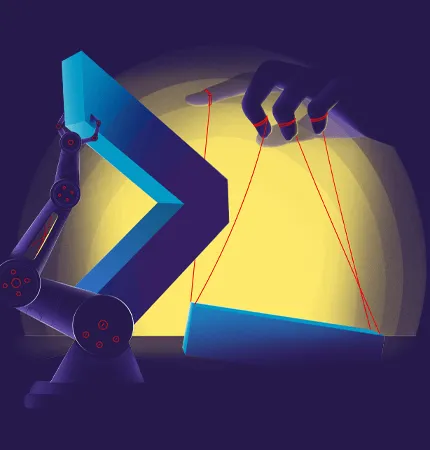
Robot as Vehicle
Command Line Heroes • • Robot as Vehicle | Command Line Heroes
Robot as Vehicle | Command Line Heroes
About the episode
Self-driving cars are seemingly just around the corner. These robots aren’t quite ready for the streets. For every hyped-up self-driving showcase, there’s a news story about its failure. But the good news is that we get closer every year.
Alex Davies steers us through the history of autonomous vehicles. Alex Kendall maps the current self-driving landscape. And Jason Millar takes us under the hood of these robots’ computers to better understand how they make decisions.
구독
Subscribe here:
자막
About the show
Command Line Heroes
During its run from 2018 to 2022, Command Line Heroes shared the epic true stories of developers, programmers, hackers, geeks, and open source rebels, and how they revolutionized the technology landscape. Relive our journey through tech history, and use #CommandLinePod to share your favorite episodes.
